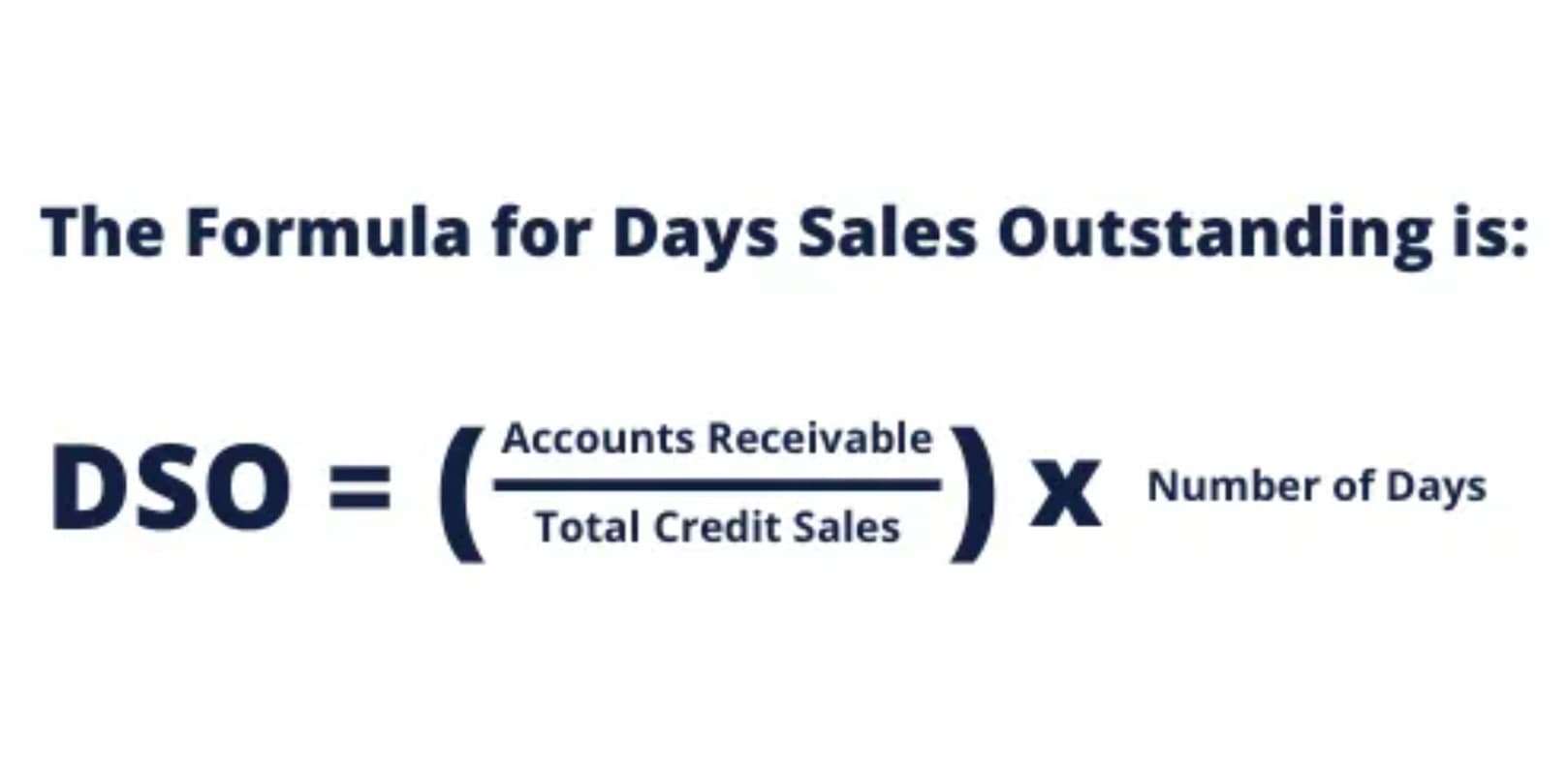
If a mechanics lien claim is being filed, most states empower the party making the claim to file for the full amount of what they’re owed against the project. The lien claim, in other words, is equal to the total value of the work, labor, and materials that the filing party furnished to the job (less gross vs net any payments received). On top of that, the margins in the construction industry are notoriously slim. It’s important to note that mechanic’s liens are often handled differently in public projects vs. private projects. Public projects are funded through taxpayer dollars and many times they do not allow for liens to secure your retainage and other billings.
Build a financial cushion
Managing the financial intricacies of a construction business requires expertise, precision, and a deep understanding of industry-specific accounting practices. At NSKT Global, we specialize in providing construction companies with tailored accounting services that streamline financial operations, ensure compliance, and drive profitability. Plus, the process of managing and tracking withheld money is a real pain in the neck for everyone involved. Internationally, there is a huge cry to abolish retention practices in construction. what is retainage in accounting Accounting for retainage payables generally means tracking holdback from contractors, subcontractors, and vendors throughout the entire project. Just like with retainage receivables, retainage payables will also need to be included on your Chart of Accounts to accurately track related transactions and balances.
Unlock your free ecommerce business guide!

Accordingly, rules, requirements, and practices have been built into federal law and the laws of many states, with respect to retainage to promote its fair use and to prevent its abuse. The amount of the contract price that can be withheld and the time for which the retainage may be withheld vary by state (and federally), and be dependent on project type. Second, it’s abused by holding money too long or withholding high percentages. It’s common for contractors to have high amounts withheld from them (even when it’s limited!), and to have that money withheld for a very long time. It’s not just the big purchase price, but the long time it takes to erect a building.

Always Send Preliminary Notice to Secure Your Lien Rights
- A punch list is different in that it is generated almost at the end of the project.
- This concept of holding back a portion of money until a job is signed off on is called retainage.
- On the other side, subcontractors and suppliers are often made to wait until project completion or final approval to see their retainage payment, even if their portion of the project was finished early on.
- Small mistakes can put your company at risk for withholding money improperly, or for losing out on being able to ever get your withheld funds!
- Effective communication among stakeholders is crucial for successful implementation.
The practice is also baked right into laws bookkeeping and payroll services all across the world that regulate the types of contractual provisions that contractors can agree to. Most of these laws were created to regulate and create limitations on the practice, mostly to promote its fair use and to prevent its abuse. The specifics of each job’s retainage, including the rate of holdback and payment schedules, should be clearly detailed in the contract agreement.
- These frequently asked questions address common issues that you’ll encounter when trying to stay ahead with the game.
- This means that contractors or subcontractors whose work comes near the beginning of a project may have to wait months or years to collect all of the money owed to them.
- To calculate retainage on an invoice, you simply multiply the total invoice amount by the agreed-upon retainage rate.
- Retained money is usually withheld from all parties until the very, very end of the project.
- It’s crucial for both parties to clearly understand these stipulations to avoid disputes and ensure smooth project execution.
- The process of getting paid the retainage fee may take a short or long time.
- Variable retainage changes the percentage of retained funds as a job moves forward.
- The last part of the payment, due after you accept their finished work, is also retainage.
- This will include copies of the legal documents indicating the agreements between you and the client.
- Retainage is an amount of an invoice that is withheld until a customer is satisfied that a job or part of a job has been completed satisfactorily.
- There have been attempts at implementing different strategies of ensuring the involved parties still achieve the same goals.
- As we move into 2025, construction accounting is going through profound transformation driven by technological advancements, the growing focus on sustainability, and an evolving industry landscape.
This will work on a project by project basis and cannot be expected to be the norm with a particular client. Retainage fees started in the UK during the construction of the UK railway system in the 1840s. The project was obviously a big one and the amount of work was more than the workers could complete. The fee is only a small percentage of the full project cost (usually 10%). If you are getting your first project with a big client, hiring an experienced attorney for the negotiations can be very helpful. Attorney costs aside, a construction attorney might be the best option for you especially if you are not experienced enough.
- In this scenario, ACME is going to be in the red on this project to the tune of -3% until they finally receive their retainage withheld.
- So much so, that most owners don’t pay contractors in full until a construction project is “substantially complete” according to its design intent.
- When retainage is released, the retainage payable account is debited, and the cash or bank account is credited, reflecting the payment made to the contractor.
- The resulting figure represents how much will be held back and paid at a later date.
- According to a study from Clemson University, the average retainage percentage in the United States is 7.59% for private projects, 5.56% for state projects, and 3.26% for federal projects.
- While they might sound similar, these shouldn’t be confused with retainage receivable or retainage payable.
- If you have several projects you are working on, you can easily forget about the retainage fee.



